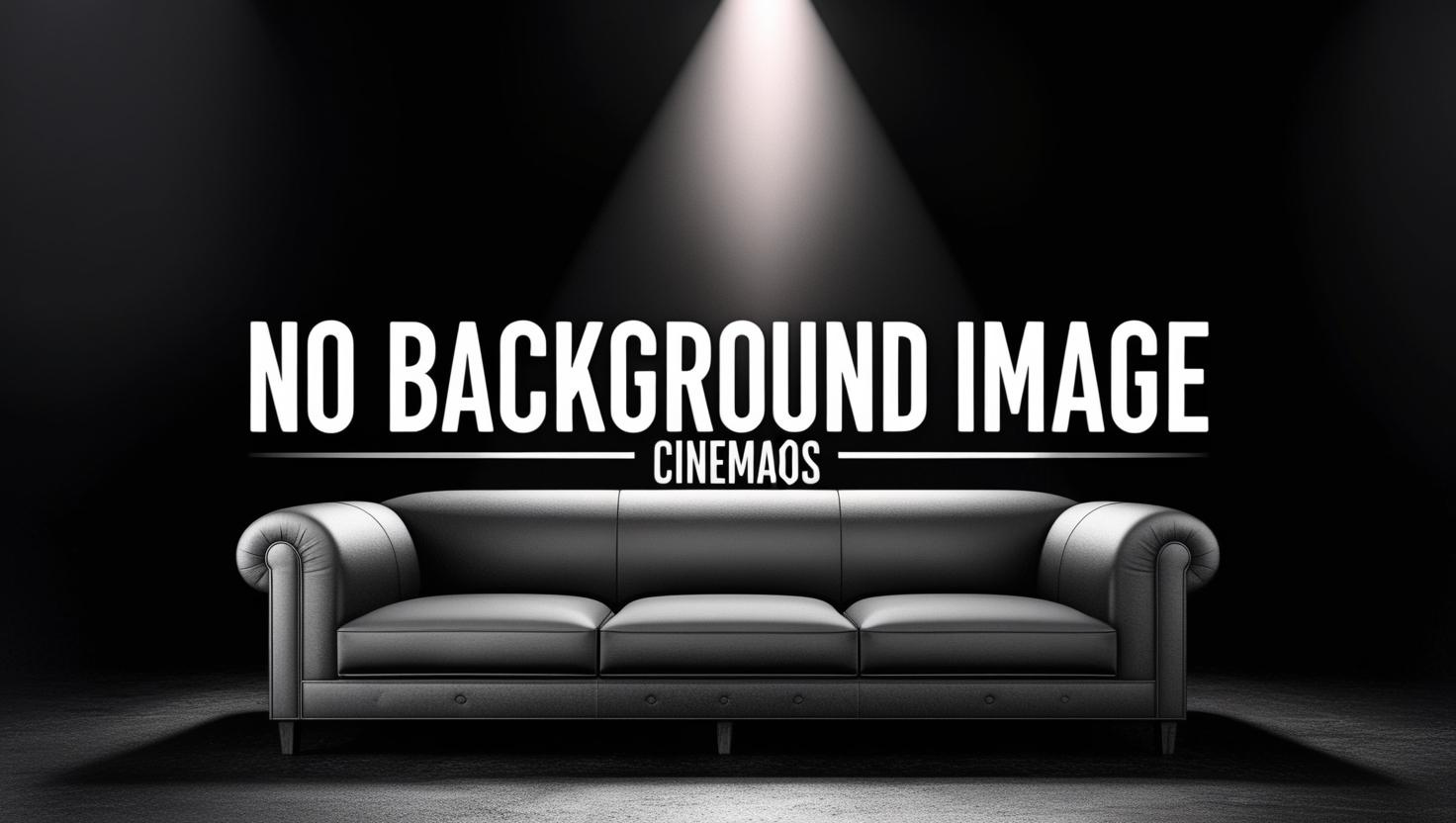
Mr. Bernhard Baron
1928
0h 1m
0.0(0 votes)
Documentary
Overview
In the East End of London, crowds gather to watch Jewish millionaire Bernhard Baron unveil an important new building.
Production Companies

Videos & Trailers
1 video

In the East End of London, crowds gather to watch Jewish millionaire Bernhard Baron unveil an important new building.
